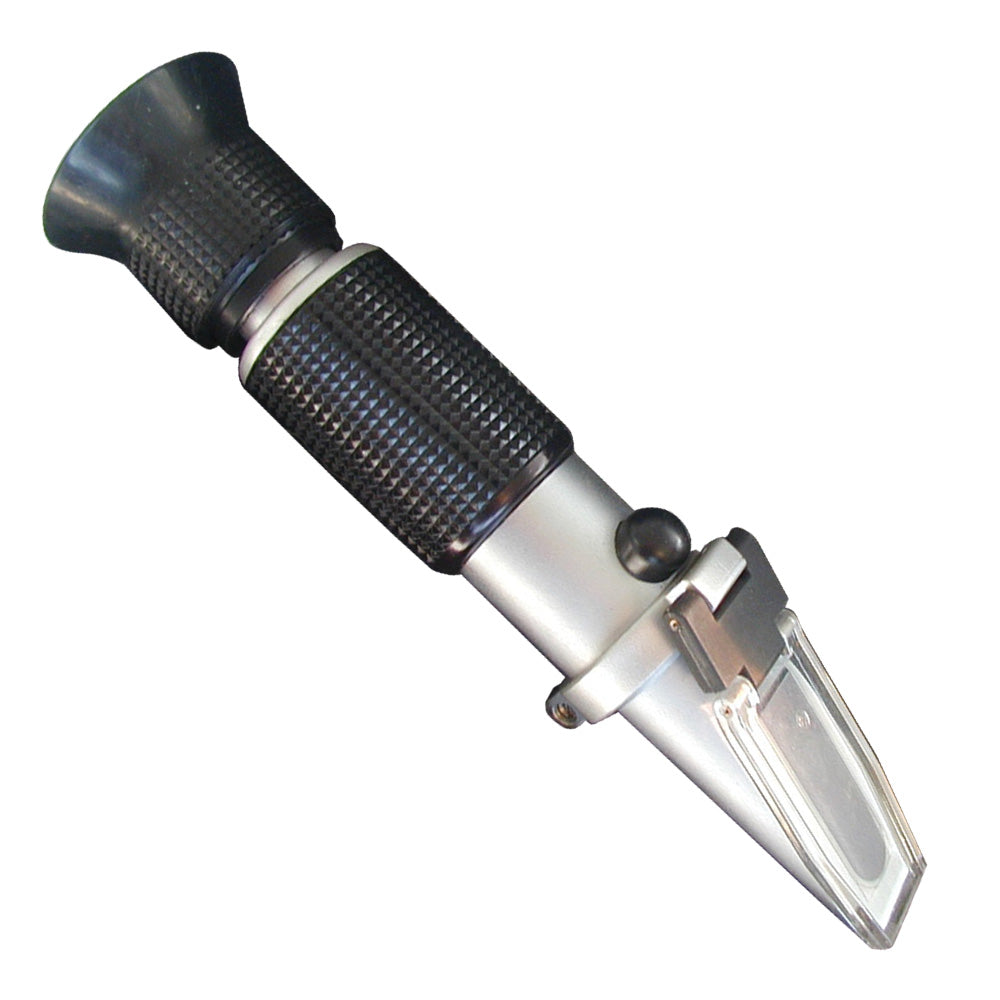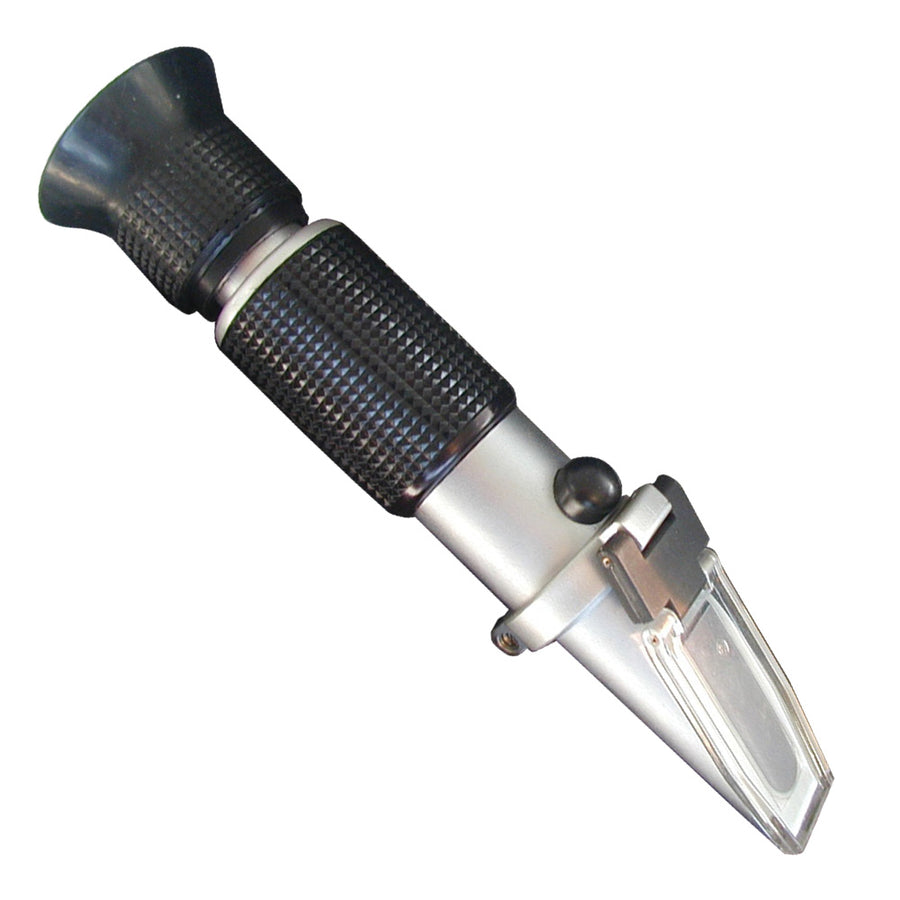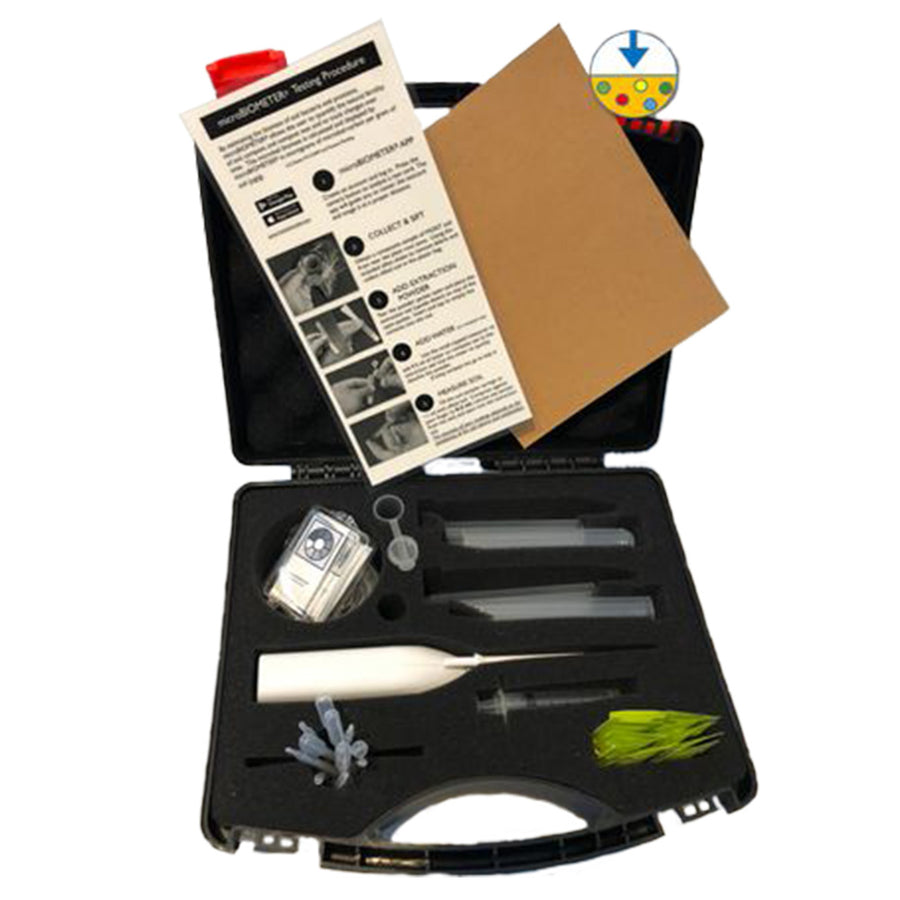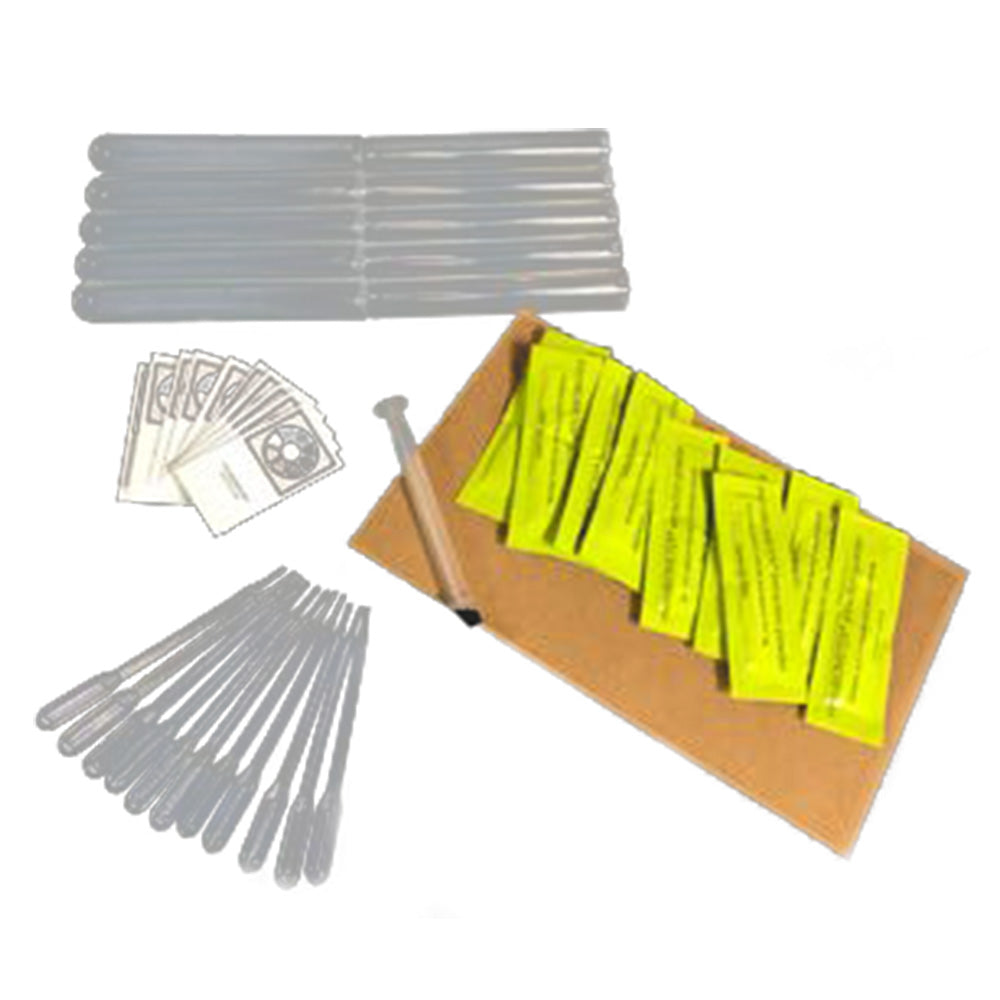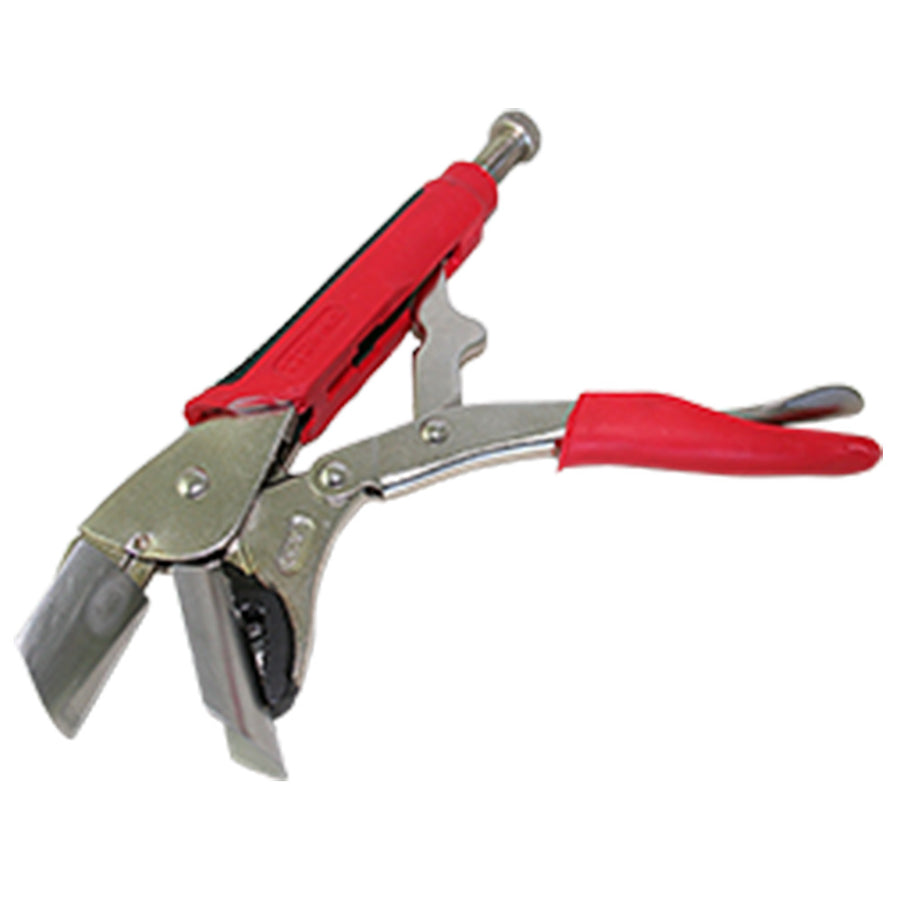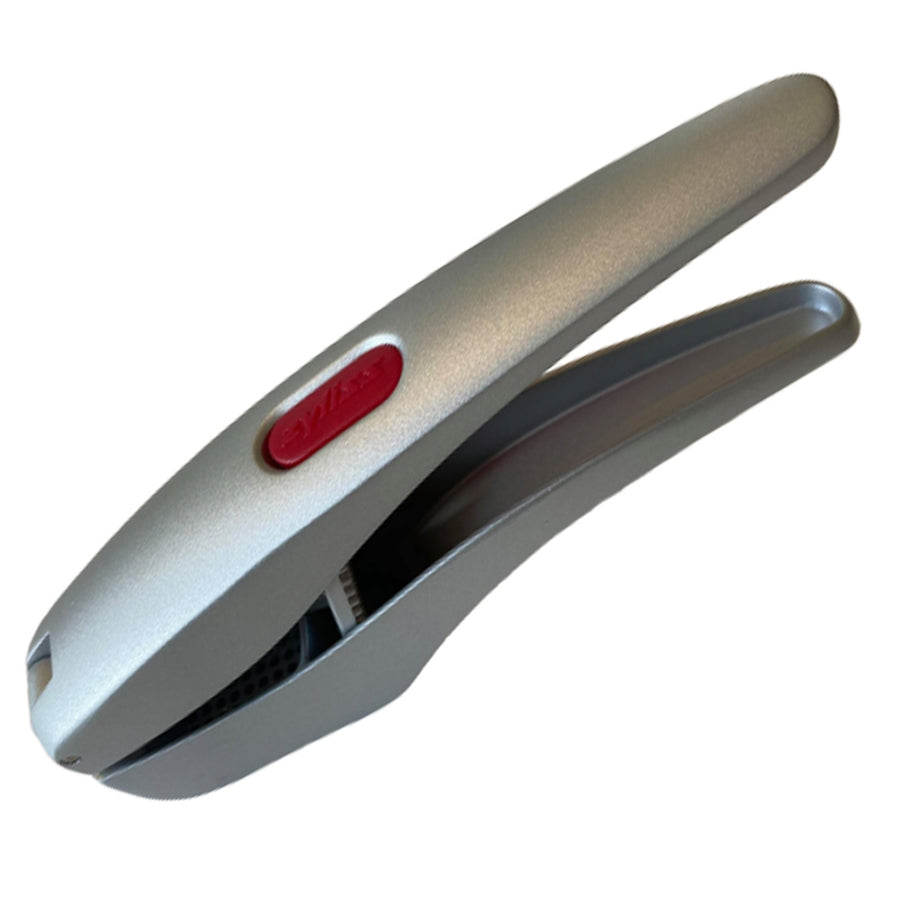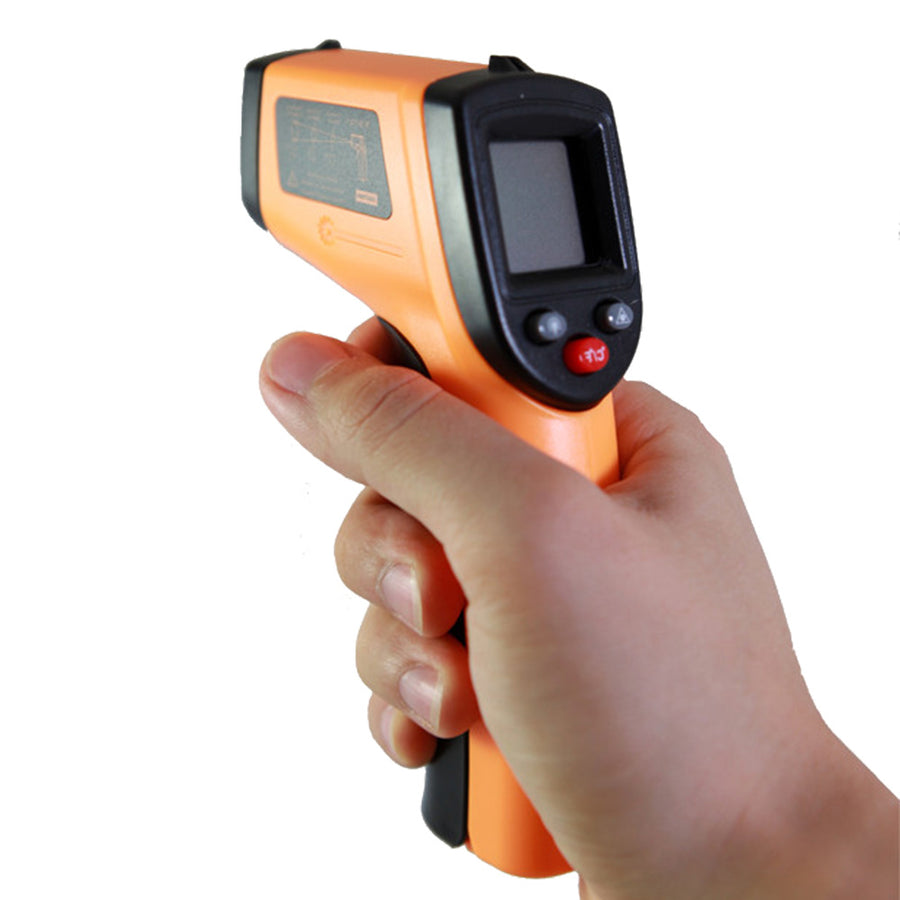Any recommendations provided by Nutri-Tech Solutions Pty Ltd (NTS)
or its Distributors are advice only. As no control can be exercised over storage, handling, mixing, application or use, or weather, plant or soil conditions before, during or after application (all of which may affect the performance of our program), no responsibility for, or liability for any failure in performance, losses, damages, or injuries (consequential or otherwise), arising from such storage, mixing, application, or use will be accepted under any circumstances whatsoever. NTS recommend you contact an Agronomist prior to product application. The Buyer assumes all responsibility for the use of any NTS products.
